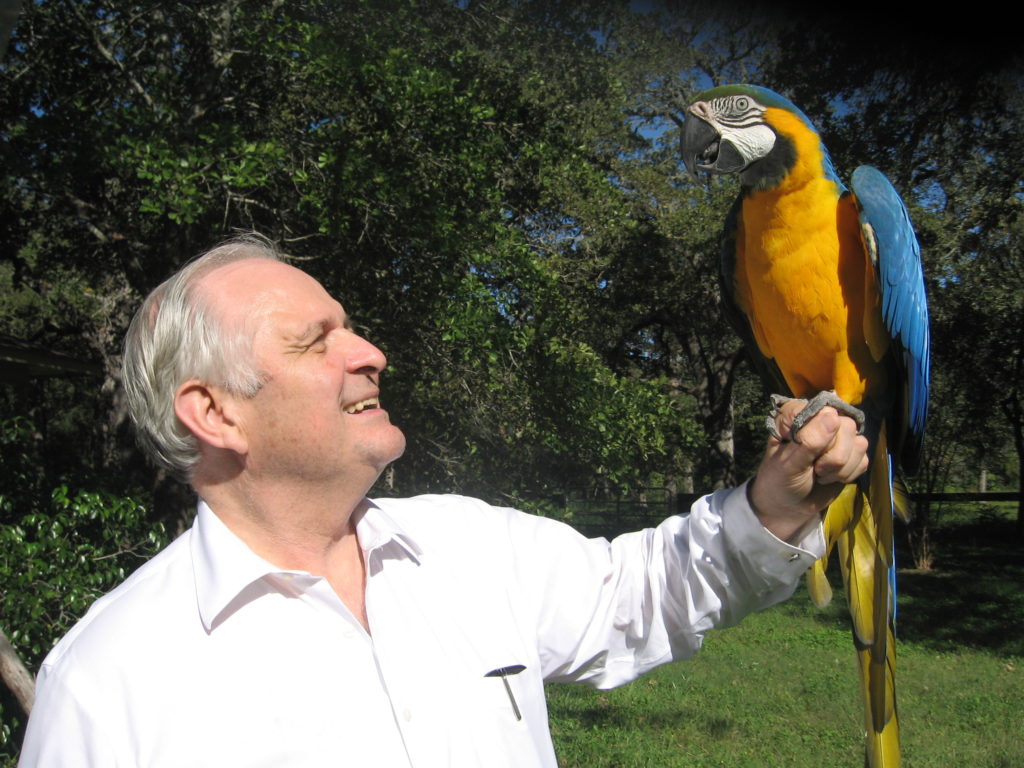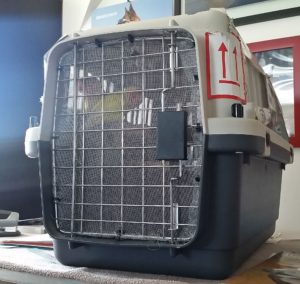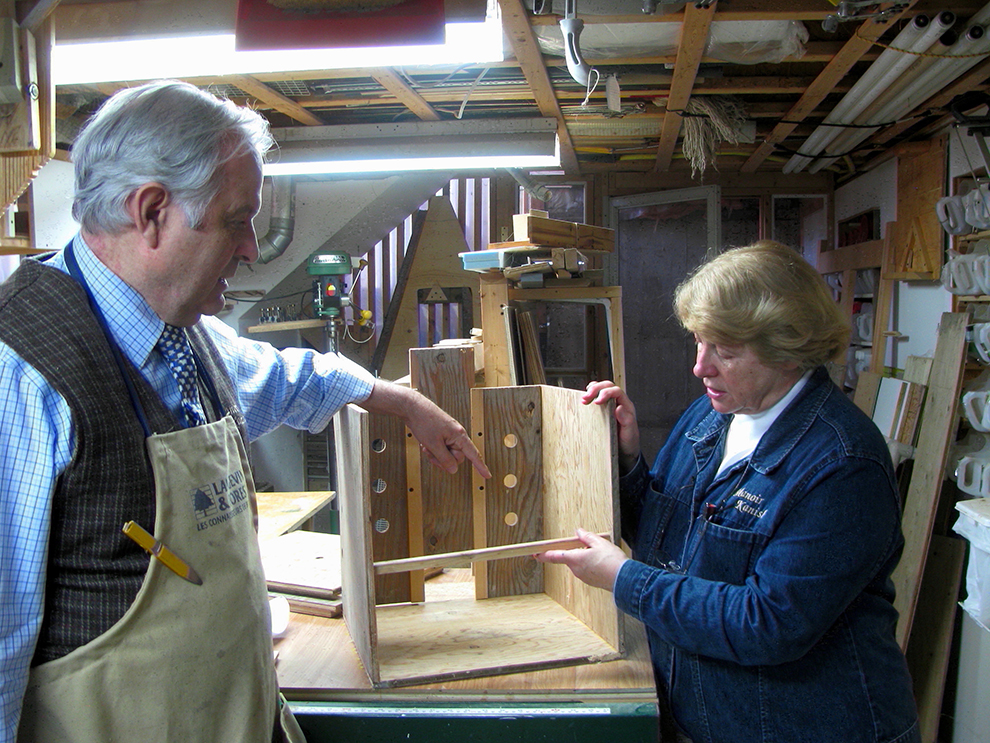Difficulties of bird relocation to other countries
The transportation of birds is always a problem. There are many difficulties of bird relocation to other countries. Many airlines simply do not want to carry them. Some countries will not allow their entry. These initial hurdles are usually based on anxieties over disease, especially zoonoses (those diseases that can be transmitted from birds to humans). Perhaps the most important of these are avian flu, which has appeared in many outbreaks throughout the world. Another concern is psittacosis that can be carried by many psittacine (parrot) species or budgerigars. This can cause respiratory infections in humans and can be difficult to diagnose and treat.
If a country will permit the entry of birds they are usually subject to a period of isolation and inspection for a period prior to shipment. Although this may not be full quarantine in the true meaning of the term, they can be isolated in a private home. But even this apparently simple course is subject to inspection and approval of the premises. There must be no other birds under the same roof. In Canada it is not permitted in a condo building because nobody knows if other birds may be introduced during the isolation period. There must not be a pet shop within a certain distance of the dwelling. The birds must be inspected at the start, during and at the end of the isolation. The waste bedding and faeces must often be retained for inspection before release.
And then, quite separately from any health controls, there are the CITES (Convention on the International Trade in Endangered Species) regulations to be observed. Most pet bird species fall into this category, and at the very least one must know the correct Latin Name in order to determine their status. There are different levels of protection and restriction depending on the rarity of the species. These regulations basically prevent the capture of any wild birds for sale or export. Generally the CITES Authority in the exporting country must issue an export permit. They will often not do this until the importing Authority has issued a CITES import permit. The first question asked is “Where did you get this bird?” If the reply is “From a Pet Shop”, the next question will be “Where did the Pet Shop get it from?”, and so on. Only captive bred species may be traded.
Then one must consider the container requirements for transport by air. A bird owner may not realise the wide variety of specifications laid down by IATA for the transportation of birds. There is a big difference between the birds of a naturally crouching nature such as partridge (13 different species), or the magnificence and size of a Blue and Gold Macaw (see photo) (Ara ararauna) which requires a wide cage for its wingspan and considerable space above and below the perch for its head and tail. IATA lists over 21 varieties of container specifications from day-old chicks to ostriches.

After all this has been considered, there comes the cost of transport. Just because your lovebird is small, does not mean you can take it with you in the cabin. Most airlines will require transport in the cargo hold, and even though the cage may be small, there will be a minimum cargo fee and additional AVI (Animaux Vivant = Live Animals) fees which when all added together will probably exceed the cost of your own ticket. This seems particularly absurd of you are transporting a bird across a land border such as Canada to USA, where the bird could fly across at will.
Here is an example of a successful relocation of birds from Canada to Europe:





